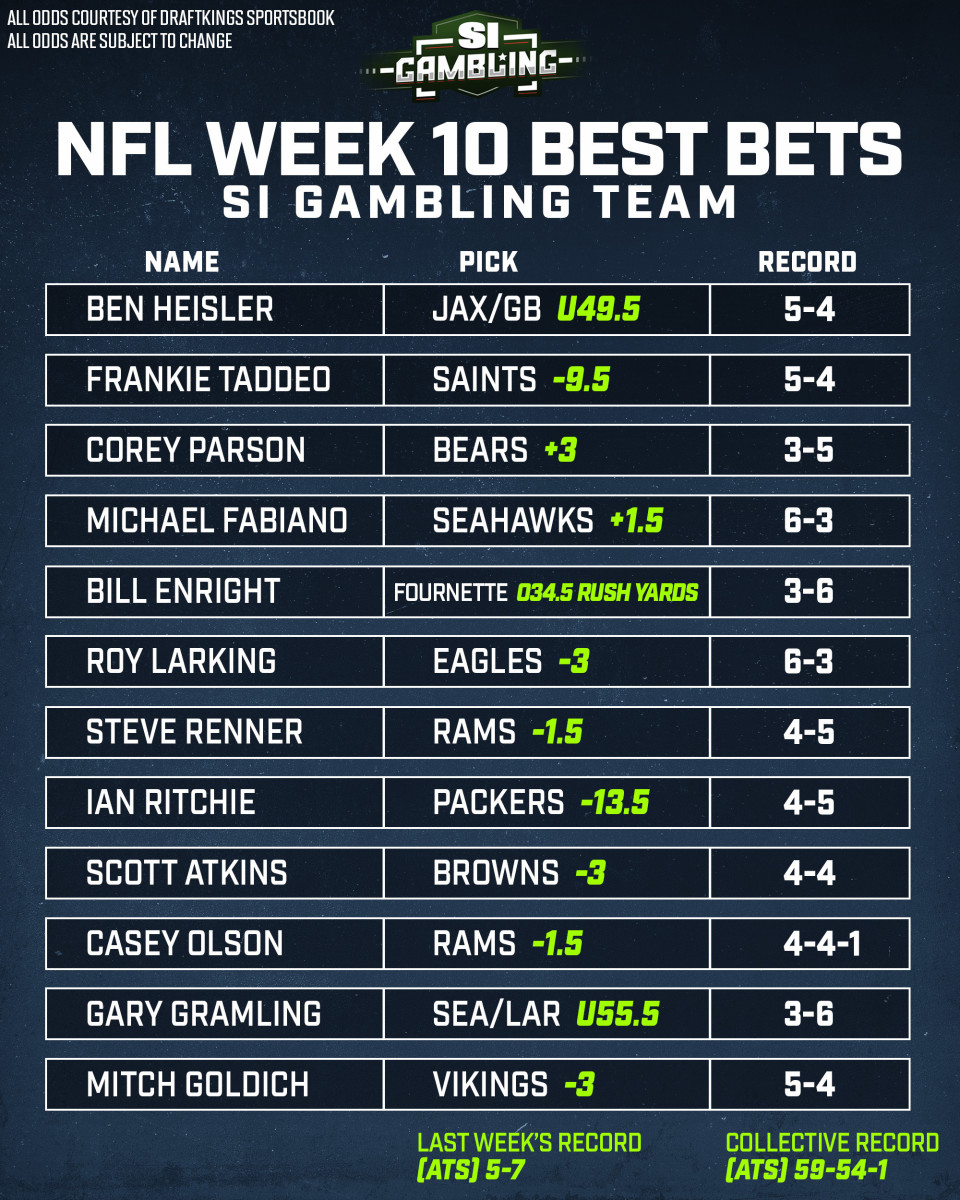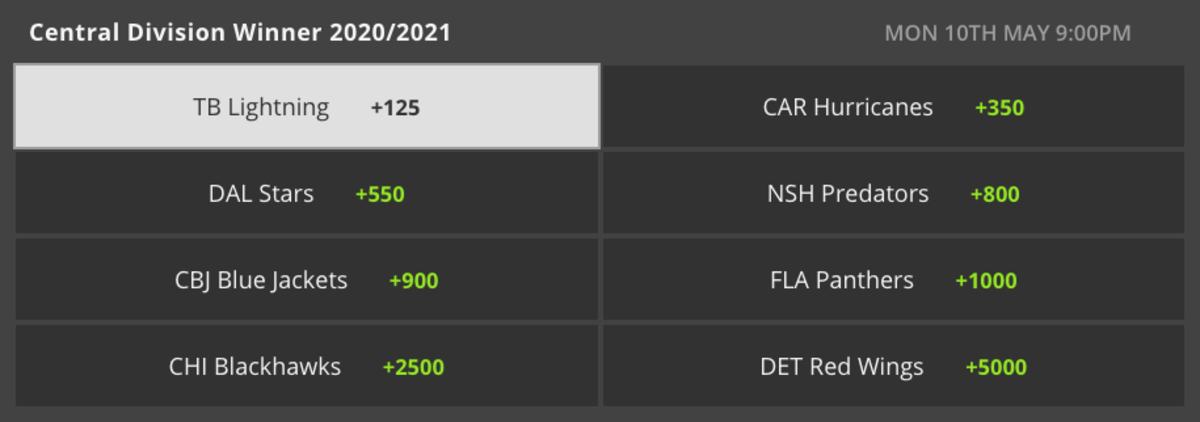Plus 125 Odds
Calculator Use

Convert stated odds to a decimal value of probability and a percentage value of winning and losing. This calculator will convert 'odds for winning' an event or 'odds against winning' an event into percentage chances of both winning and losing.
So, with an odds number of +200, you would win $200 in profit if you bet on them to win and they actually won. The bigger the number after the plus sign, the bigger of an underdog that the team or person is to win. So, if a team is +1000 to win, this would mean that you would win $1000 in profit with a bet of $100 - if they won, of course. American odds are presented in the form of a $100 bet. They’ll indicate the amount you need to wager to win $100 or the amount you’ll win if you bet $100. So, for a favorite, the odds will begin with a minus (-) sign. This is the amount you need to bet in order to win $100. On the other hand, the underdog’s odds will begin with a plus.
Be careful if you are using sports teams odds or betting odds. If you see that the Patriots super bowl odds are 9/2, that is most likely 'odds against' and should be entered in the calculator with 'Odds are: against winning.'

When playing a lottery or other games of chance be sure you understand the odds or probability that is reported by the game organizer. A 1 in 500 chance of winning, or probability of winning, is entered into this calculator as '1 to 500 Odds are for winning'. You may also see odds reported simply as chance of winning as 500:1. This most likely means '500 to 1 Odds are against winning' which is exactly the same as '1 to 500 Odds are for winning.'
Probability Formulas:
This calculator will convert 'odds of winning' for an event into a probability percentage chance of success.
Odds, are given as (chances for success) : (chances against success) or vice versa.
If odds are stated as an A to B chance of winning then the probability of winning is given as PW = A / (A + B) while the probability of losing is given as PL = B / (A + B).
For example, you win a game if you pull an ace out of a full deck of 52 cards. Pulling any other card you lose. The chance of winning is 4 out of 52, while the chance against winning is 48 out of 52 (52-4=48). Entering A=4 and B=48 into the calculator as 4:48 odds are for winning you get
For 4 to 48 odds for winning;
Probability of:
Winning = (0.0769) or 7.6923%
Losing = (0.9231) or 92.3077%
'Odds for' winning: 1:12 (reduced from 4:48)
'Odds against' winning: 12:1 (reduced from 48:4)
Further Reading
Last week, we went over how to read sports betting odds and covered the most common items you'll see on a betting board inside a sportsbook (or on your screen with your online sportsbook). These included point spreads and totals. When betting these choices, you will almost always see -110 listed with them. If you don't know what that means, don't worry - we're covering that today and it's not nearly as complicated as it looks. Whether you're brand new to betting, have placed some bets but have disregarded the -110, or live outside the United States and are unfamiliar with American odds, you'll be an expert in no time after reading.
The -110 listed is the actual odds given for these bets, and the odds determine how much you win based on the amount of your wager. This is why the odds are often called the price of a bet. When you see -110 odds, you need to bet $110 to win $100. Of course, you don't need to literally bet $110; that is just the ratio of the amount bet to the amount won. You can bet $11 to win $10, $20 to win $18.18, etc.
For those that live outside the United States, this may look even more strange since -110 is in American odds format. In Decimal odds, which is common in Europe, -110 translates to 1.91 odds. I'm not going to dive into Decimal odds (or other formats) since this article is about American odds, but the Decimal system is pretty straightforward. The odds listed represent a bettor's total return for a winning wager as you simply multiply the odds by the amount you wish to risk. If someone risks $100 at 1.91 odds and win, they receive $91 plus their initial $100 risked ($91 + $100 = $191).

Plus 125 Odds Against
Getting back to the American format, -110 is the standard odds for even* propositions (i.e spread and totals bets). Spreads and totals odds may vary slightly from this number, but in general this is what you will see. For reduced juice sportsbooks like 5Dimes, you will see -105 instead of -110, but the concept is still the same.
*Betting $110 to win $100 obviously is not an even bet. The extra $10 (or 10%) is the sportsbook’s commission, also known as the vigorish or juice. This commission is reduced to 5% with 5Dimes and other reduced juice books, but this commission is found everywhere. You are given this back when you win, but is obviously kept by the house when you lose.
Here is an example of a betting board with NBA lines:

As you can see, -110 is shown next to each spread and totals bet. This would definitely look confusing to someone that has never bet on sports, but now you know it is simply the price for each bet. To determine how much you will win on a bet, you can divide your bet amount by 1.1:
Plus 125 Odds Calculator
$ Bet / 1.1 = $ W0n ($110 / 1.1 = $100)
For those not good at math, you can also do the reverse. If you want to know how much you need to bet in order to win a certain amount, multiply what you want to win by 1.1
$ To Win * 1.1 = $ Needed to Bet ($100 * 1.1 = $110)
Plus 125 Odds Online
As you can see, understanding the -110 in sports betting is pretty basic once you realize what it represents. You can also apply this knowledge to other odds as well, such as the money line. This kind of bet is different because you are betting who will win the game straight-up, which causes the odds to be different for each game (instead of -110 for everything).
For example, the Golden State money line above is listed at -340 odds. Using the same principles we just discussed, $340 needs to be bet in order to win $100. Again, this is just the bet to winnings ratio - $34 will win $10, $17 will win $5, $20 will win $5.88, etc. This may seem unfair at first but it is logical. The Warriors are by far the best team in the league and have a much better chance of winning the game. Therefore, sportsbooks even this out by placing the odds at a high price for bettors to win a little.
If you wanted to bet the underdog Orlando to win the game, their money line odds are +280. Whenever a '+' is listed for odds, the number after it is how much you will win for betting $100. So in this example, a $100 bet would win $280 if the Magic win the game. This definitely seems like a way better deal than betting $340 to win $100, but remember that Orlando has a small chance of beating the best team in the league. Some bettors may see value in this, but you should never blindly bet an underdog - or any side for that matter (just talk to the thousands that bet on Conor McGregor last August).
Plus 125 Odds Vs
I hope this article helped explain what -110 means and how to better understand sports betting odds. If you have any unanswered questions about reading odds or sports betting in general, feel free to send me a message. You can also subscribe here to receive new blog posts like this and other updates to Fast Break Bets via email. Thanks for stopping by and good luck!
Plus 100 Odds
-Stephen